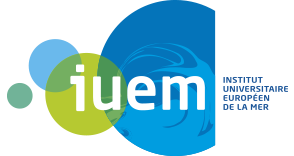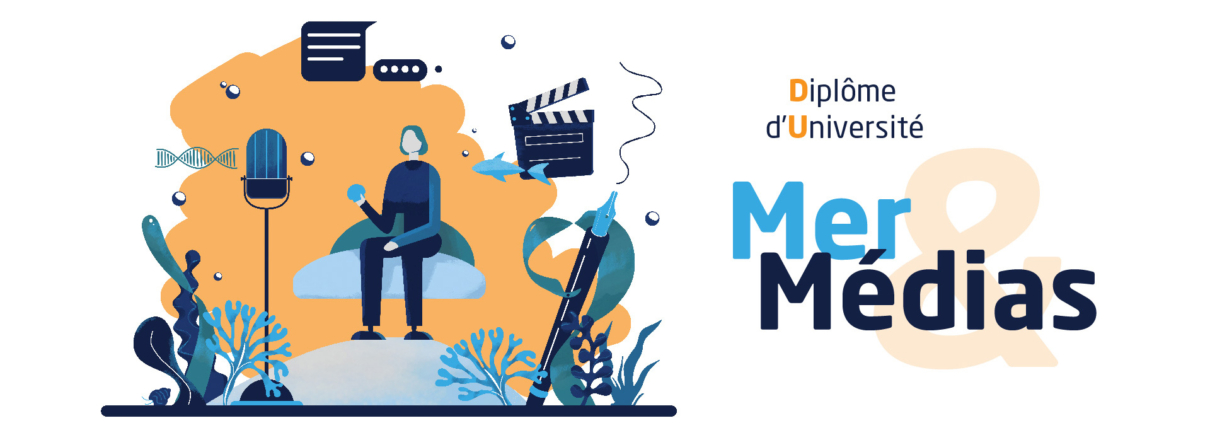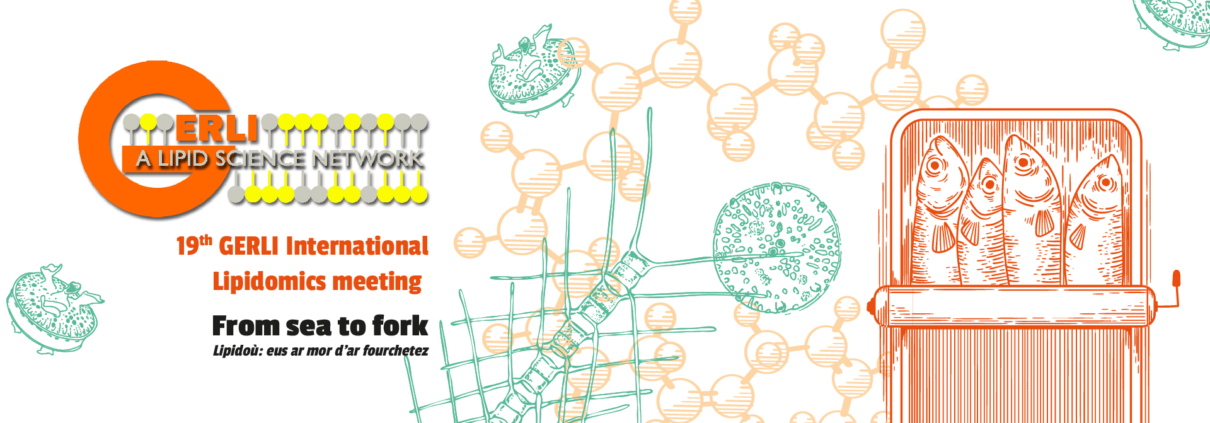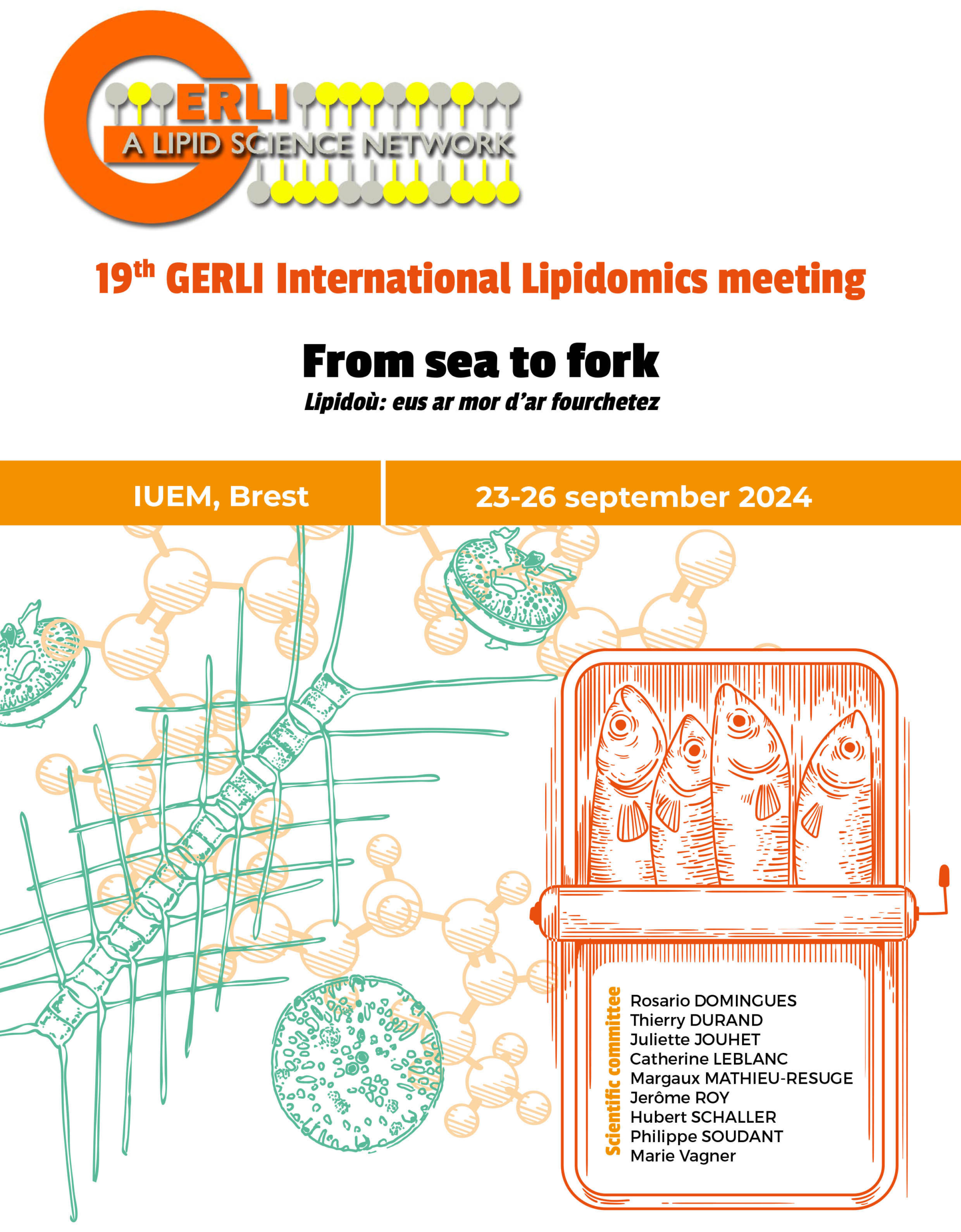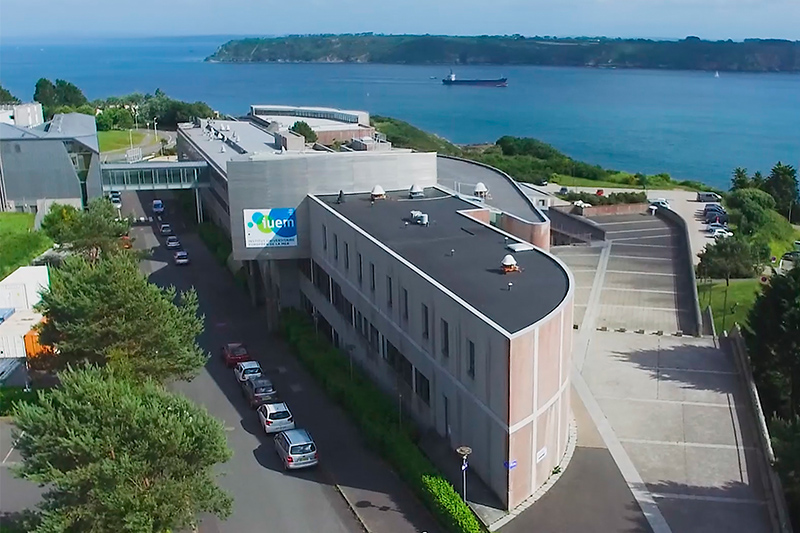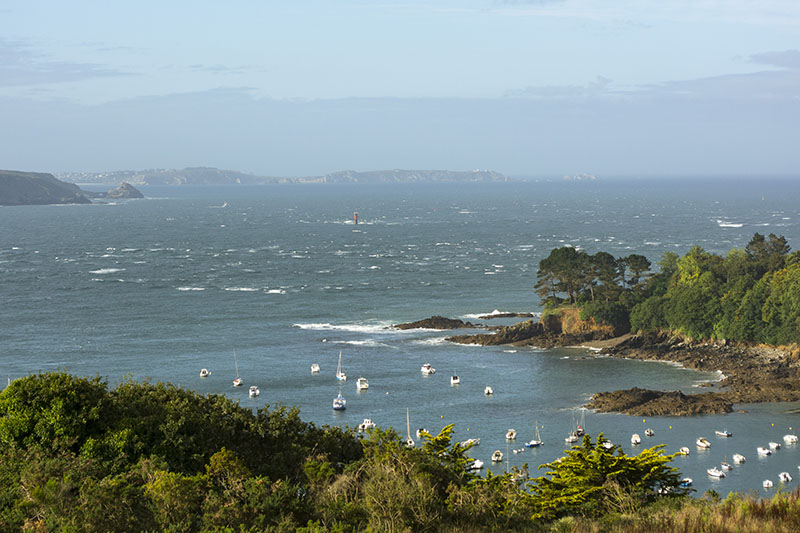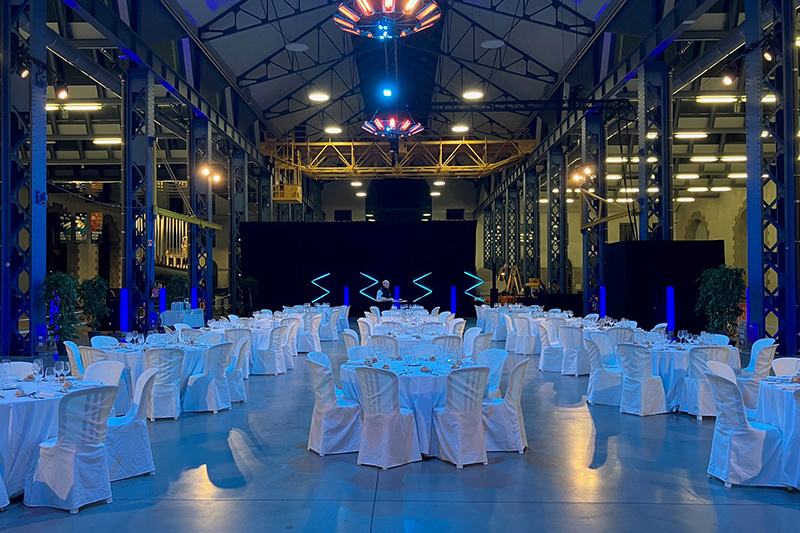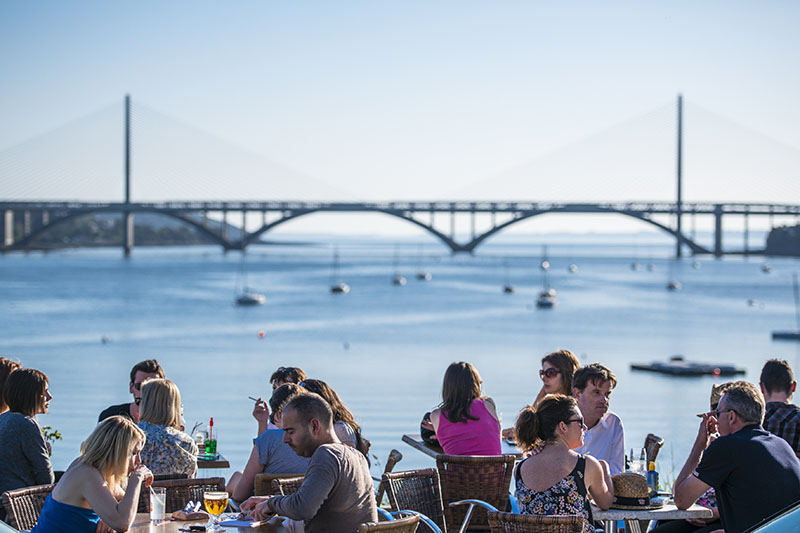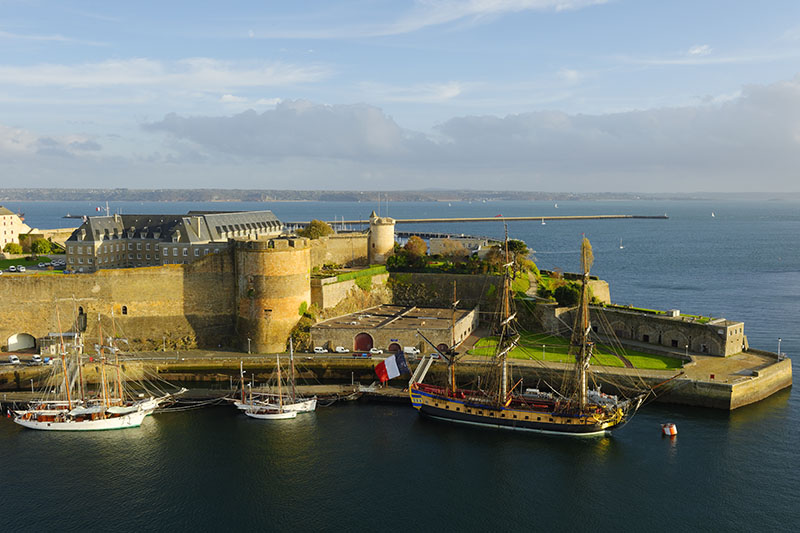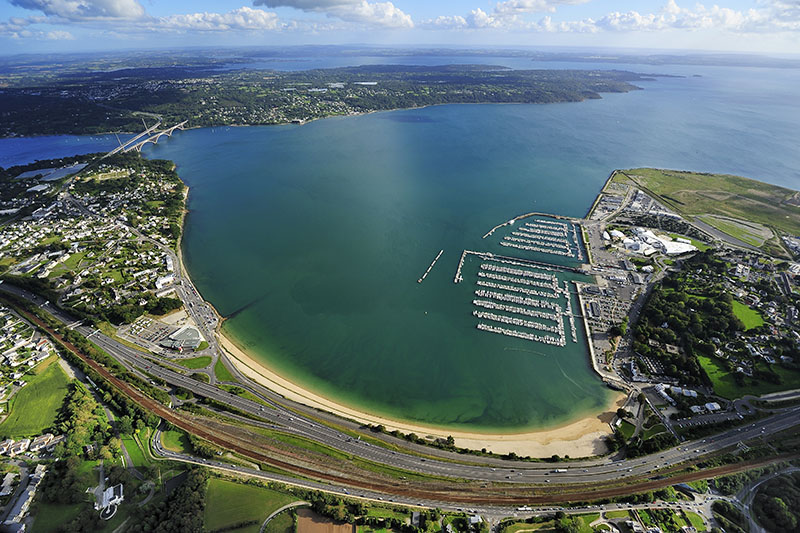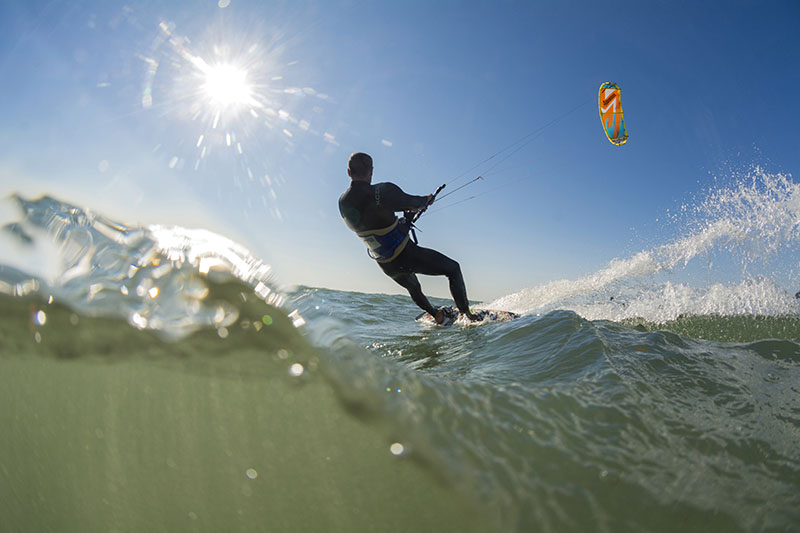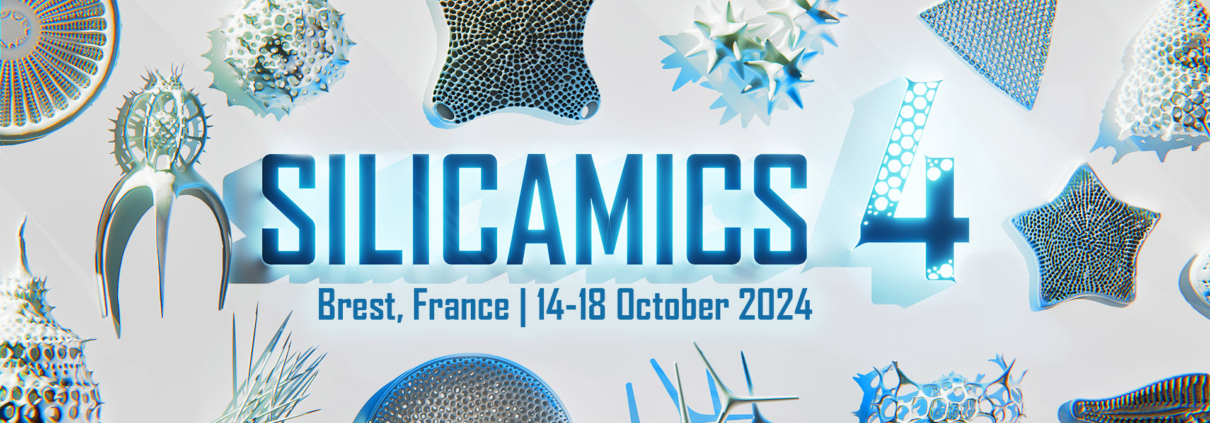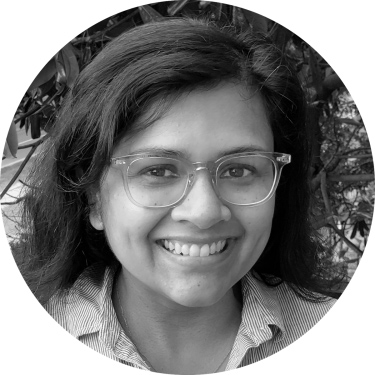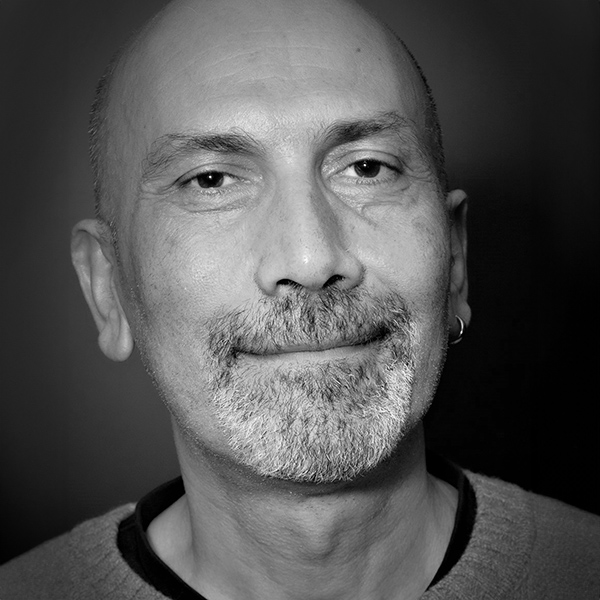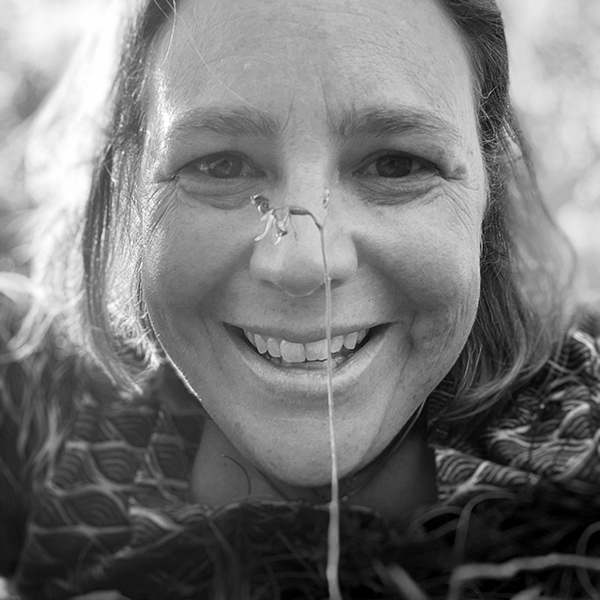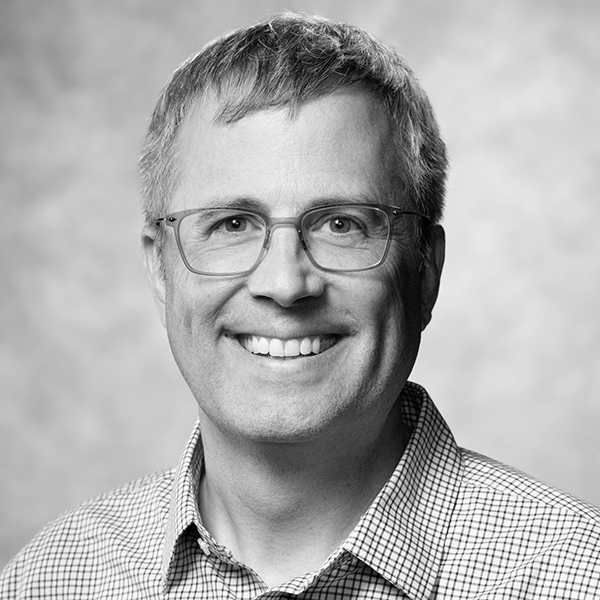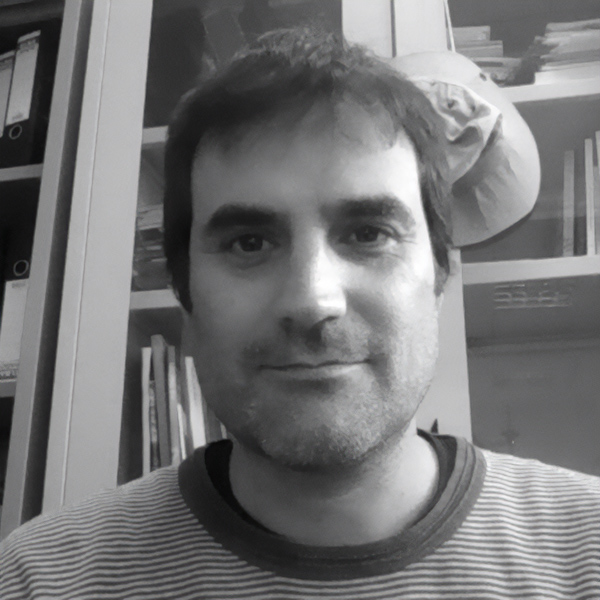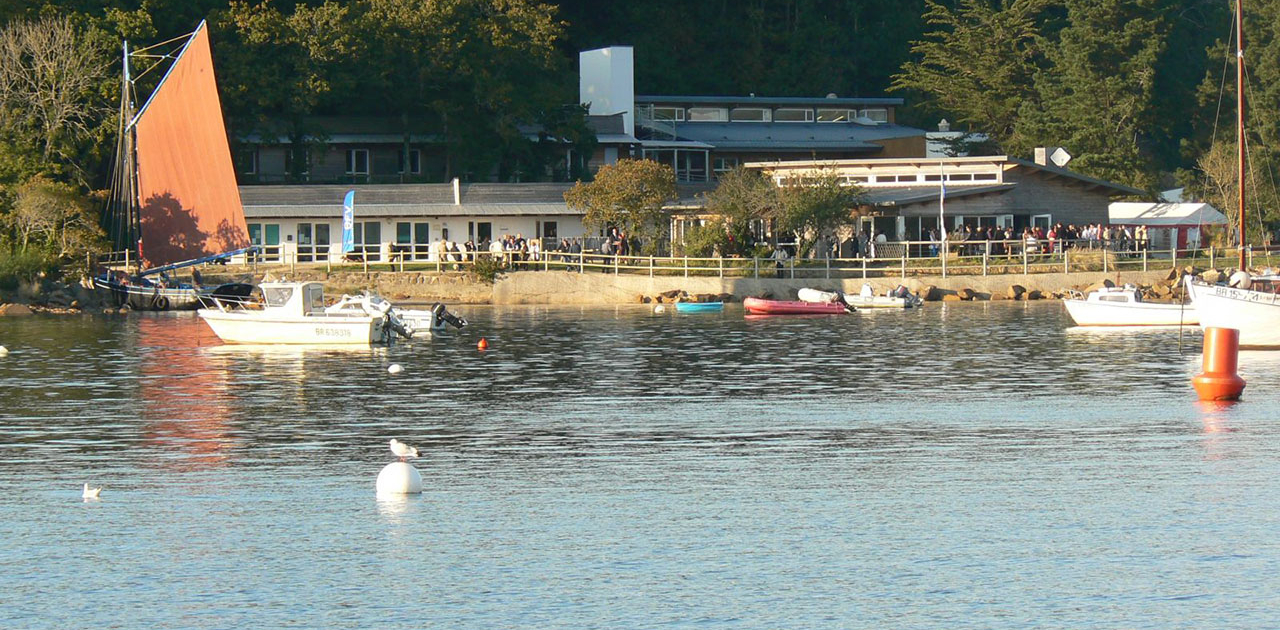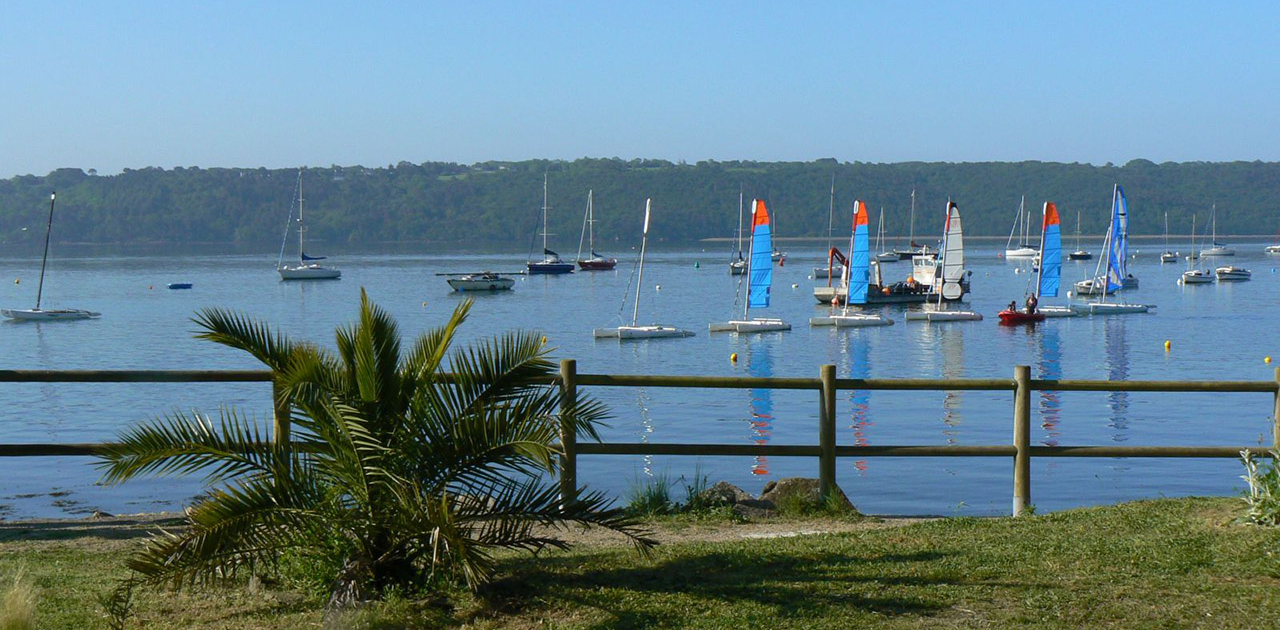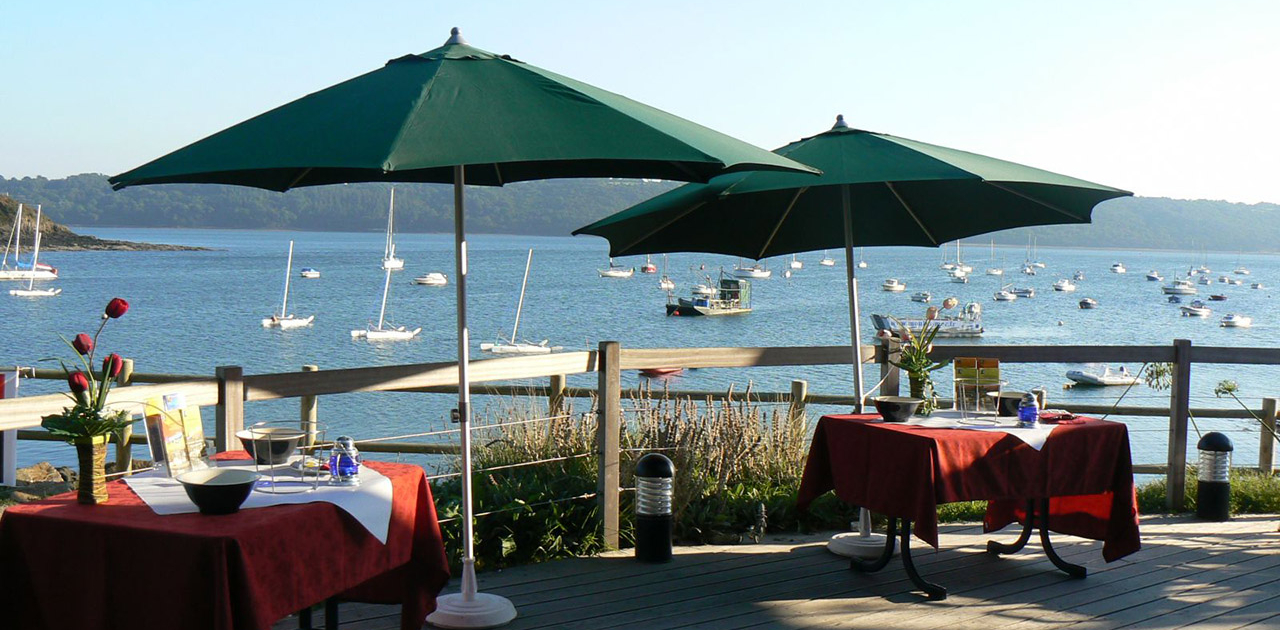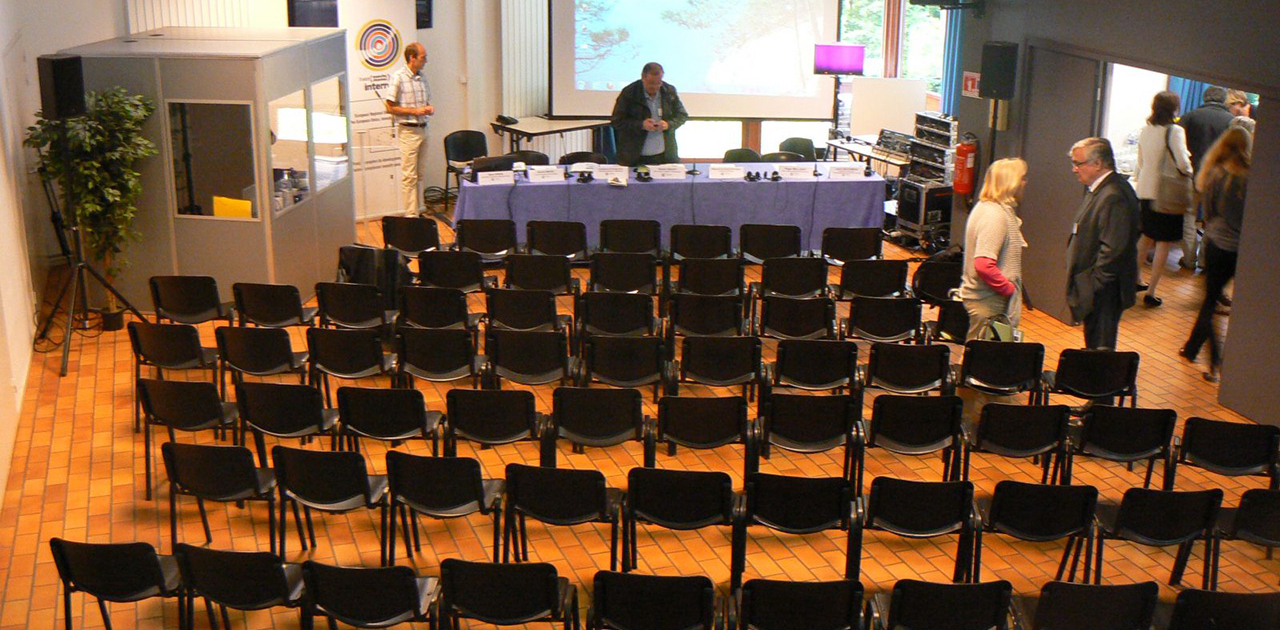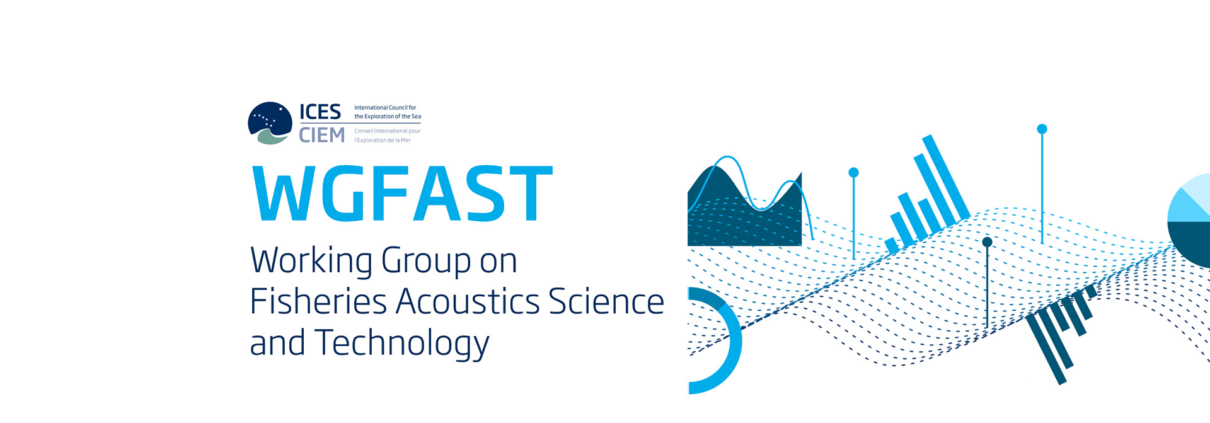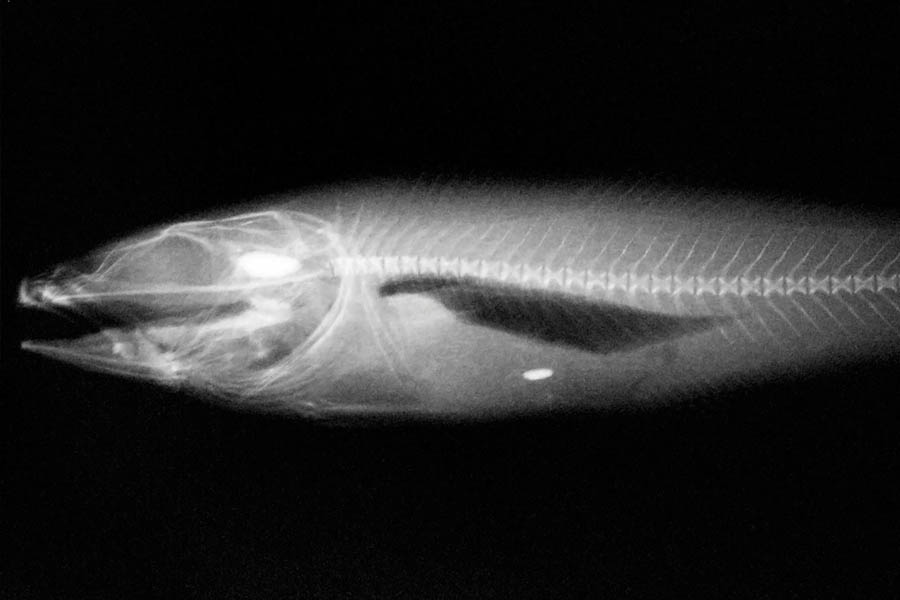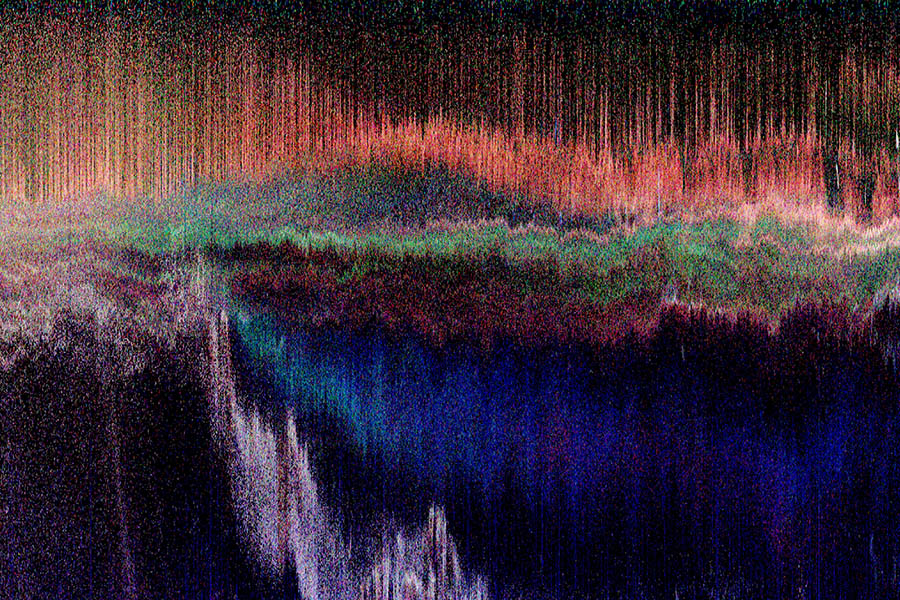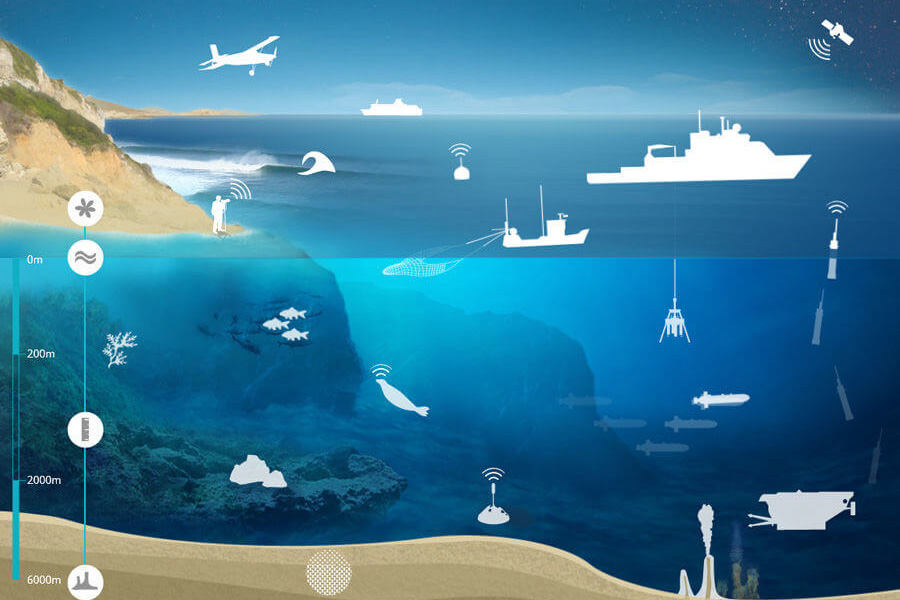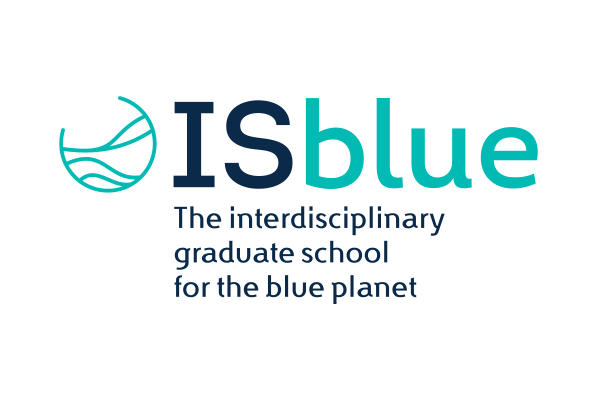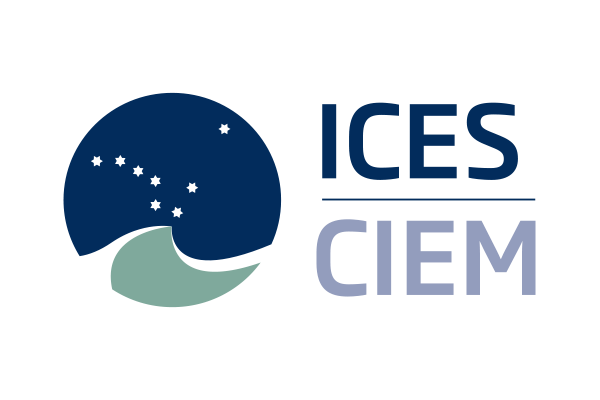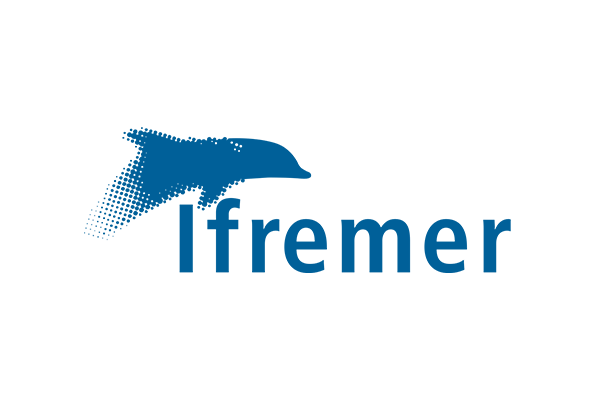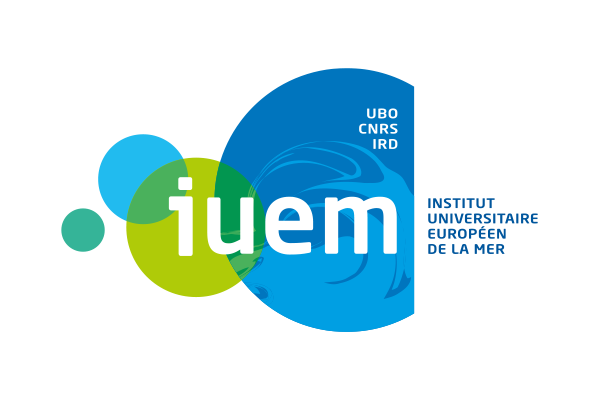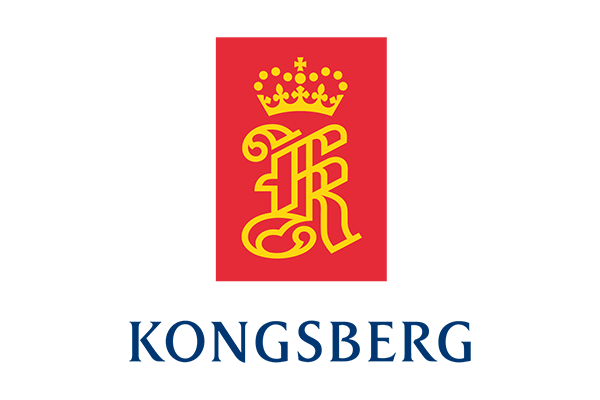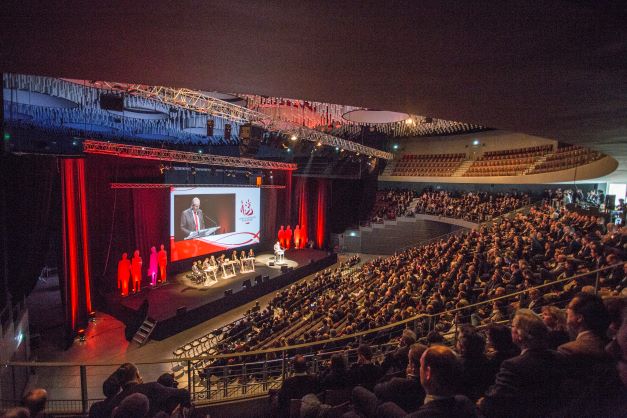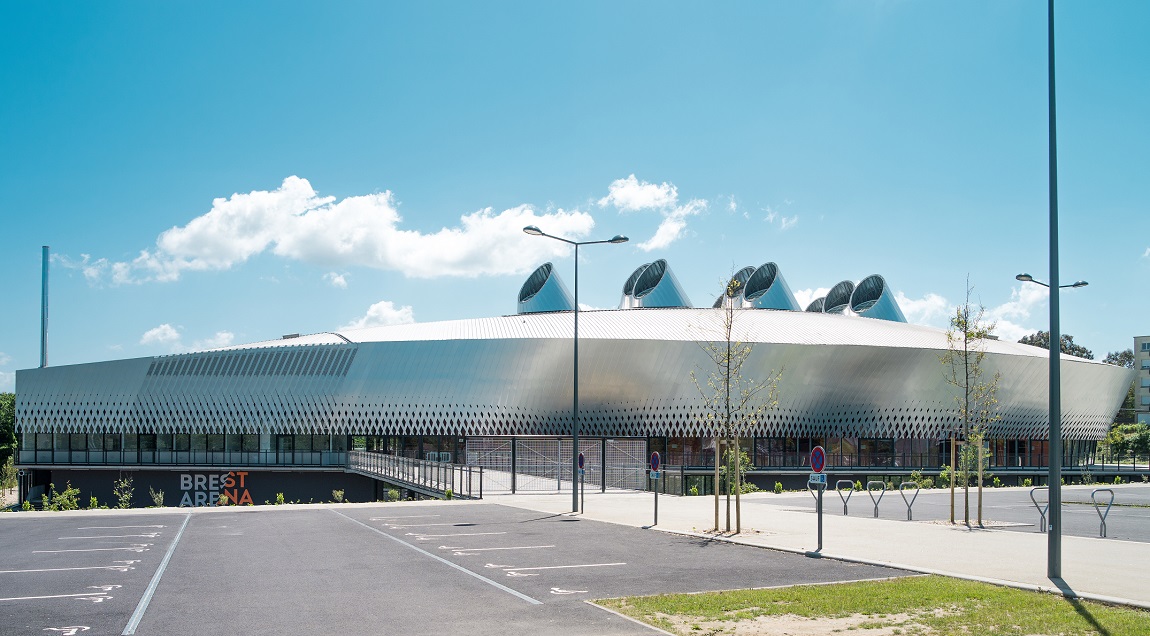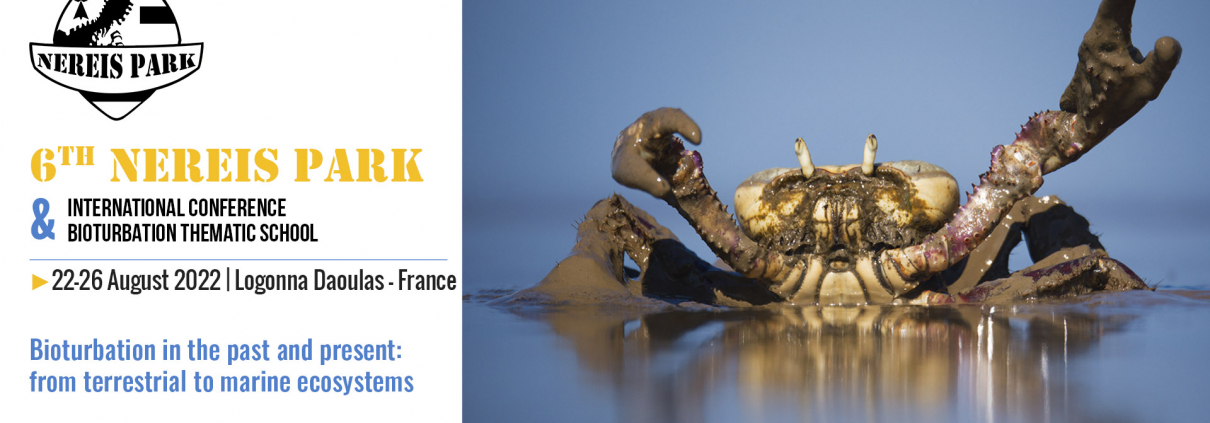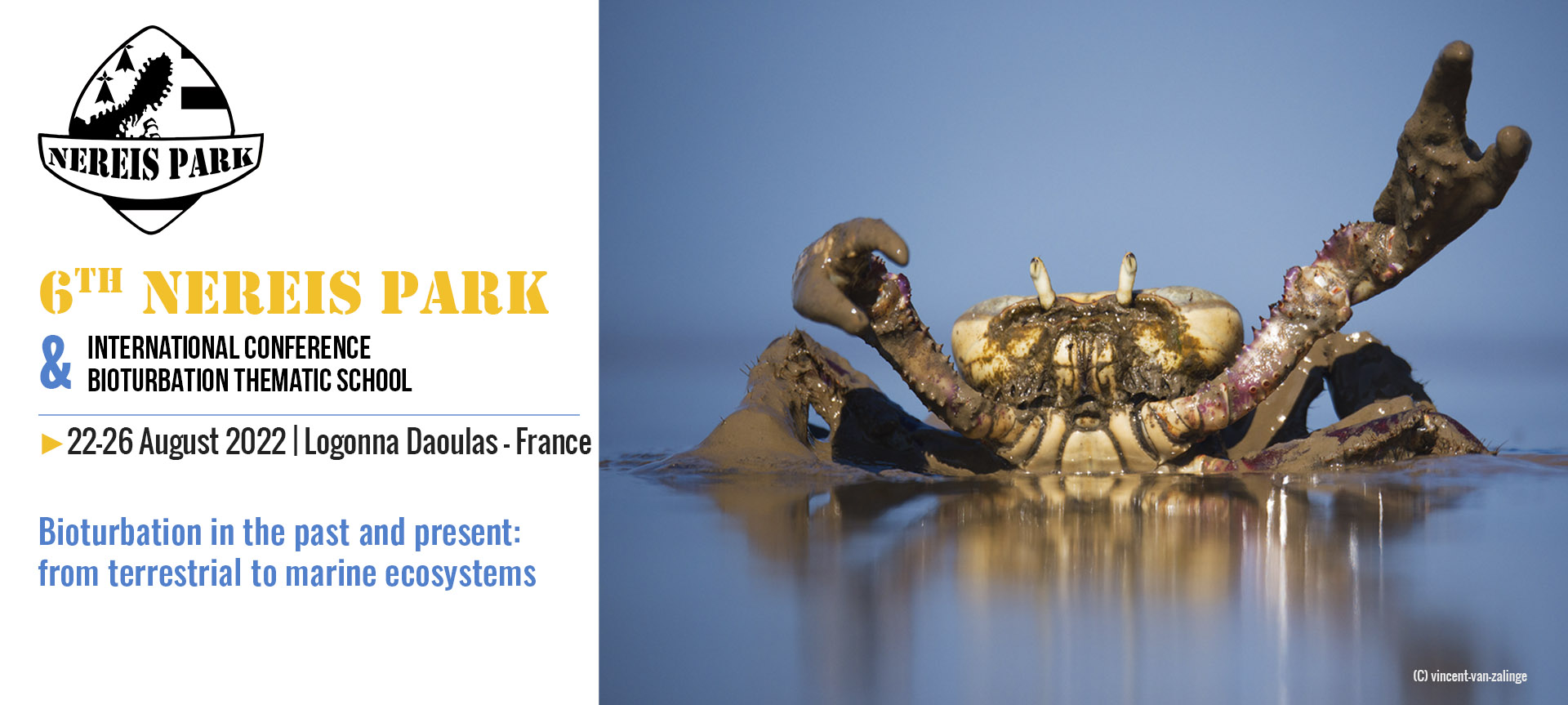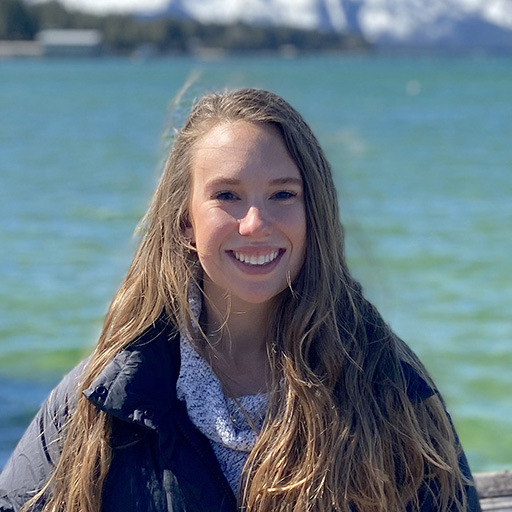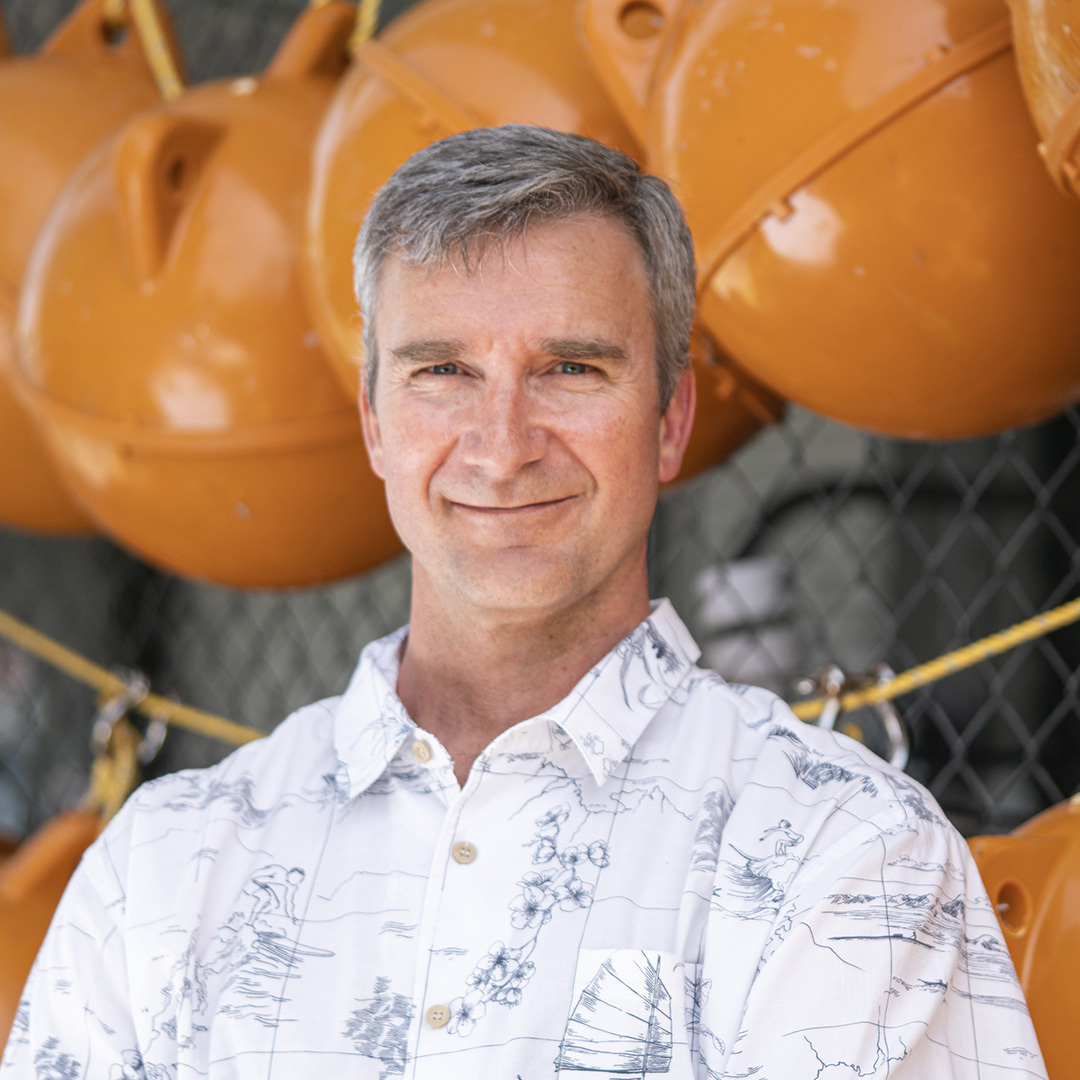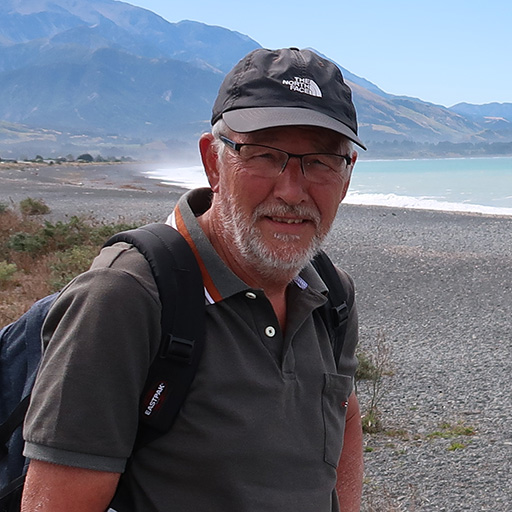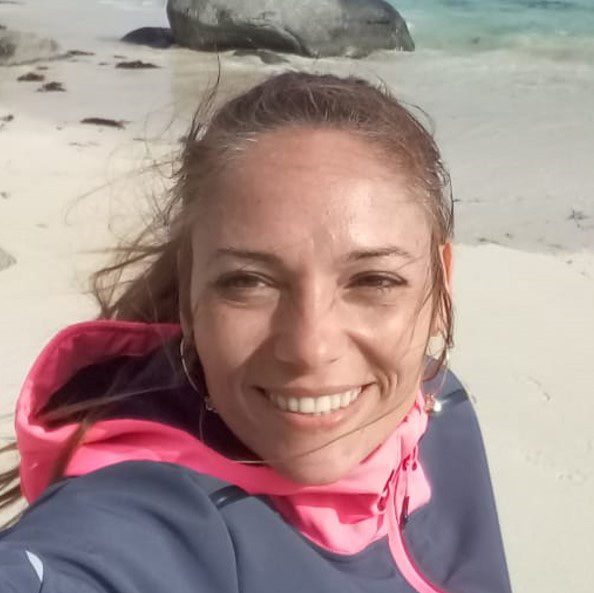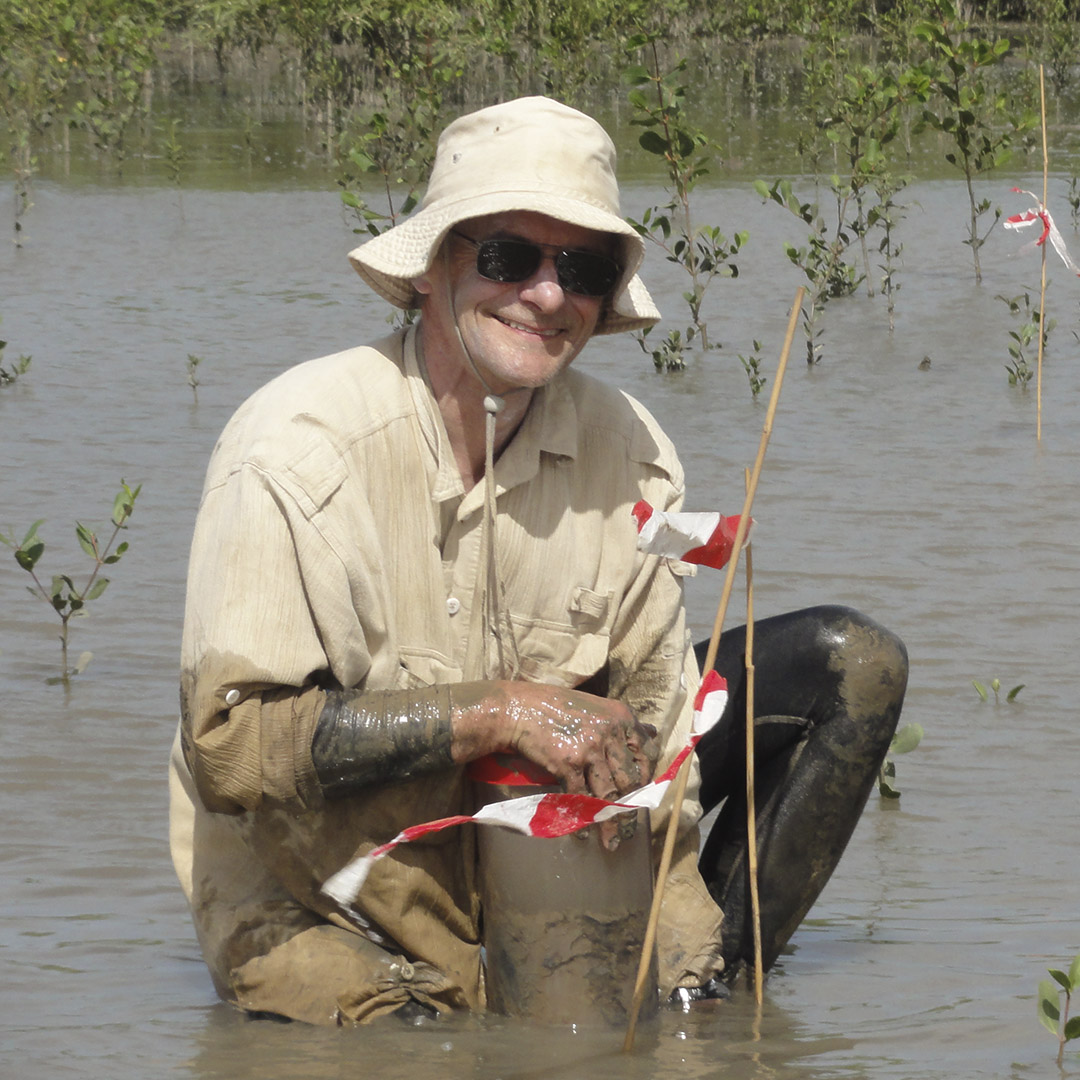DU Mer et Médias 2024
Présentation
Au 21ème siècle les sociétés humaines réalisent que les piliers qui ont assuré leur développement au cours des siècles précédents sont mis en question. De nombreux paradigmes ont changé. Nos activités ont dérégulé l’équilibre climatique et gravement affecté la biodiversité à l’échelle planétaire, et plus particulièrement celle des mers et océans qui occupent plus de 70% de la surface de la Terre. Désormais, pour anticiper l’avenir dans une perspective de développement durable, il nous faut comprendre le fonctionnement de l’océan et ses interactions avec les autres enveloppes fluides et solides de la planète Terre. Promouvoir la mise en oeuvre d’un tel développement est l’un des enjeux de la décennie de l’océan de l’Organisation des Nations Unies (ONU), réaffirmé lors du One Ocean Summit qui s’est tenu à Brest en février 2022, et dans le cadre de la préparation de la conférence de l’ONU sur les océans qui se tiendra à Nice en juin 2025. Mieux comprendre l’océan et ses interactions avec le climat et les sociétés humaines, est devenu un enjeu essentiel pour les médias, à même de faire émerger ou de relayer des débats et idées structurantes.
C’est pour répondre à ces enjeux que l’UBO, en partenariat avec l’Ecole Supérieure de Journalisme de Lille et le Club de la Presse de Bretagne, propose le Diplôme d’Université (DU) “Mer et Médias”. Celui-ci fait suite aux quatre écoles d’été Mer et Journalisme organisées par ISblue.
Ce DU a pour objectif de partager à destination de journalistes et de professionnels de la communication un état des lieux des connaissances des sciences et technologies marines dans une perspective de développement durable. Articulée autour de temps en présentiel à Brest et de temps en distanciel, la formation a pour objectif de transmettre aux participants un socle de connaissance solide mais aussi de leur permettre de rencontrer des chercheurs et des professionnels de ces thématiques au travers de séances à l’Institut Universitaire Européen de la Mer mais aussi de sorties de terrain et d’interventions “hors les murs”. La formation s’organisera ainsi autour de trois principales sessions à Brest : 2 jours en avril 2024 pour lancer la formation, 3 jours en juin et 1 jour à l’automne pour la conclure qui seront entrecoupées d’activités en distanciel.
Objectifs
Aptitudes et compétences
Ce diplôme a pour objectif de former les journalistes et communicants qui souhaitent actualiser ou approfondir leurs connaissances scientifiques des enjeux océaniques actuels et futurs. Plusieurs sous-objectifs sous-tendent la formation :
- Partager les savoirs sur les sciences et technologies marines
- Échanger au travers d‘analyses croisées entre les journalistes/communicants, le milieu académique et les acteurs économiques du secteur maritime
- Construire de l’information, grâce au processus d’acculturation d’un contenu d’experts aux standards « journalistiques ».
Compétences visées
- Acquérir les connaissances de base sur le système océan dans ses dimensions scientifiques (sciences physiques, naturelles, humaines), dont les volets économiques, juridiques, et culturels
- Savoir restituer ces connaissances sous la forme de contenus journalistiques pointus tout en étant accessibles à un large public
- Être capables de comprendre la démarche scientifique dans un contexte d’une évolution permanente des contenus scientifiques.
Sessions en présentiel, lien vers inscription et contacts
Sessions en présentiel à Plouzané :
- Session 1 : les 11 et 12 avril 2024
- Session 2 : du 26 au 28 juin 2024
- Session 3 : novembre 2024
Lien vers le dossier d’inscription
Contacts :
- fc-mer@univ-brest.fr (Virginie RIBAUD et Marina SALAUN)
- +33 2 98 01 80 58
La presse en parle…
DU Mer & Médias à l’IUEM : « Permettre la vulgarisation des recherches sur la mer »
Le Télégramme, article du 27 février 2024
Conference GERLI 2024
Conférence à l’IUEM (PNBI) du 23 au 26 septembre 2024
Dates limites et liens utiles
Le GERLI
Le Groupe d’Etude et de Recherche en Lipidomique (GERLI) est une société savante avec un bureau et un conseil scientifique.
Elle a été créée en 1978 et fait partie des groupes thématiques de la Société Française de Biochimie et Biologie Moléculaire (SFBBM) qui compte de nombreux groupes thématiques. Au niveau européen, le GERLI est associé à EURO FED LIPID, fédération européenne pour la science et la technologie des lipides. Le GERLI a été depuis 40 ans un moteur dans l’animation scientifique en organisant chaque année un Congrès, et en stimulant l’intérêt des jeunes scientifiques par l’attribution de Prix de Thèse. Les congrès de Lipidomique, avec des thématiques transversales, depuis les aspects très fondamentaux vers l’implication physiopathologique des molécules lipidiques, ont réuni plus de 2000 personnes depuis 2003. Ceci a permis de constituer un réseau de scientifiques dans le domaine.
Conférence 2024
Bienvenue à la 19e réunion du GERLI sur la lipidomique ! Cet événement très attendu réunira des chercheurs de premier plan pour discuter des dernières avancées dans la compréhension de la structure et des fonctions des lipides chez divers organismes vivant dans des environnements aquatiques et terrestres.
Au cours de la réunion, de nouveaux outils et techniques issus de disciplines telles que la biochimie, la biologie cellulaire, la physiologie, l’écologie, la génomique, la protéomique et la lipidomique seront présentés. Ces approches de pointe permettront d’éclairer des questions cruciales concernant la diversité, les fonctions et le métabolisme des lipides, ainsi que leur valorisation industrielle.
A cette fin, 7 sessions seront proposées, allant de la description de la structure des molécules à la définition de leur rôle dans la physiologie des organismes, jusqu’à leur utilisation pour nourrir les populations. Les sessions porteront également sur les techniques analytiques de préservation et de traçabilité, ainsi que sur les techniques émergentes de fluxomique.
La réunion aura lieu du 23 au 26 septembre 2024 à l’Institut Européen des Sciences de la Mer à Plouzané près de Brest et est organisée conjointement par l’Université de Bretagne Occidentale, l’IRD, le CNRS et l’Ifremer.
L’inscription à l’événement comprend l’accès aux sessions scientifiques, aux déjeuners et au dîner de gala. Le nombre de places étant limité (150 participants), nous vous encourageons à soumettre votre résumé dès que possible afin de garantir votre place.
Conformément à notre engagement en faveur du développement durable, nous ferons tout notre possible pour que le congrès intègre des aspects numériques, une restauration et des transports durables.
Nous attendons avec impatience votre participation et nous réjouissons de vous accueillir à Brest en septembre !
7 sessions
- Session 1 : Structural diversity of lipids from summits to deep sea
- Session 2 : Roles/functions of lipids and derivatives
- Session 3 : Lipid markers in trophic ecology : promises and dead ends
- Session 4: Lipids in their socio-economic context and legal boundaries
- Session 5: Environmental/climatic and supply issues of omega 3
- Session 6: GERLI/SFN: Marine lipids and nutrition
- Session 7 : New progress in lipid methodology
Venez nombreux profiter de la pointe bretonne
La 19e conférence du GERLI aura lieu à L’IUEM, du 23 au 26 septembre 2024. L’IUEM est situé au Technopôle Brest-Iroise à Plouzané, aux portes de la ville de Brest.
Brest est une métropole de 400 000 habitants, zone touristique autant que bassin de vie. De nombreux hôtels allant de 1 à 4 étoiles sont situés dans Brest avec des prix allant de 50 € à 150 € par nuit. Des chambres pour les étudiants sont également disponibles dans le centre de Brest à 10 min en tramway de Brest Arena. La ville et sa périphérie possèdent de nombreux équipements et points d’intérêt attractifs, tels que Océanopolis, les Ateliers des Capucins reliés au centre-ville par le premier téléphérique urbain de France, le Conservatoire botanique National de Brest. La ville a été récemment classée ” Ville d’art et d’histoire “. Innovante et ouverte sur le monde, Brest se distingue des autres villes françaises par ses liens avec le milieu marin, ainsi que par son secteur des sciences et technologies marines de pointe. C’est d’ailleurs du port de Brest que sont partis de grands explorateurs à la découverte de nouveaux mondes : La Pérouse, Kerguelen, Bougainville… Brest a une gare TGV en centre-ville et est doté d’un aéroport international proche du centre-ville, avec un service de navette et de tramway. L’aéroport international de Brest Bretagne propose quelques vols internationaux et un large choix de vols via Paris (Orly ou Charles de Gaulle).
SILICAMICS 4 conference
Deadline for registration and abstract submission: June 15 2024
The SILICAMICS interdisciplinary conferences series was launched in 2015 under initiative of the international Silica Group. These conferences series aim to develop an integrative approach that includes chemistry, biogeochemistry, biochemistry, physiology and genomics to better understand biosilicification and silicifiers in past, contemporary and future oceans. Among the outcomes of the three first SILICAMICS conferences are synthesis articles in Nature Geoscience (2018) and in Biogeosciences (2021) and two special issues of Frontiers in Marine sciences (2019 and 2022) that hosted more than 24 articles. The 4-day SILICAMICS 4 conference, to be held in Brest (France) in October 2024, focuses on:
- Biogeochemical Cycle of Silicon: Processes and Fluxes
- Paleo including the evolution of silicifiers
- Ecology and Biology of marine and terrestrial silicifiers
- Silicification processes and omics
- Siliceous plankton in the Open Ocean: Linking physics and biology
- Polar seas
Built around a “Gordon conferences” format, SILICAMICS 4 will bring together a small group of experts, young researchers and students in a secluded and beautiful location near Brest. The organizing committee has invited top-notch speakers, and the time for discussion and exchange between poster and presentation sessions, as well as working groups, will offer PhD students and young scientists the chance to debate with senior scientists in order to develop their own understanding of science in general, and more specifically of SILICAMICS’ flagship theme, the silicon cycle and the role of silicified organisms in the oceans.
6 sessions, 6 invited speakers
Session 1
Biogeochemical cycle of silicon: processes and fluxes
Session details
Since the end of the previous century, several articles on Si budgets have been published, showing real progress in our understanding of the geochemical and biogeochemical processes that control the Si marine cycle at regional and global scales, and in quantifying the input, output, and biological fluxes at different scales. However, is the marine silica cycle at a steady state, or what are the impacts of global changes on this cycle, are still open questions. In this session, we invite and welcome contributions dealing with processes and Si fluxes that help for a better understanding of the silica cycle at different scales. The invited conference shows how powerful the use of Si isotopes is to understand the surface Earth reactive silica cycle.
Invited speaker : Shaily Rahman| Univ. Colorado Boulder, USA
“Probing mass balance, fluxes, and deep time implications of the surface Earth reactive silica cycle using Si isotopes”
Download abstract
Session 2
Paleo including the evolution of silicifiers
Session details
In a context of global warming with short meteorological archives (~150 years), reconstructing the dynamics and long-term trends of past climate cycles has never been more relevant. Siliceous microfossils preserve well and offer key information on past environments. Additionally, it is primordial to understand how silicifiers evolved through time for a comprehensive understanding of their systematics and modern ecology. So, in this session we invite and welcome contributions along these lines. The invited conference will show, based on their assemblages, how siliceous microfossils offer a wealth of information essential to unlock key links between climate and ecosystems.
Invited speaker : Giuseppe Cortese| GNS Science, NZ
“Radiolarians and diatoms as sources of past climate and environmental information in the Southern Ocean”
Download abstract
Session 3
Ecology and biology of marine and terrestrial silicifiers
Session details
As mentioned by the guest speaker: “all plants accumulate silicon”. All plants, but also animals, from protists to mammals! However, the function of silicon is not always well understood, which prevents us from understanding its possible contribution to the success of certain clades and the expansion of specific biomes. In this session we invite and welcome contributions dealing with the ecological role of silicifiers, the biological benefits and mechanisms of silicification and the relationships with ecosystems. The guest speaker will consider the role of Si in plants from a biome (terrestrial, marine and also freshwater) perspective and will underline the main gaps.
Invited speaker : Julia Cooke| The Open University, UK
“Plant silicification by biome”
Download abstract
Session 4
Silicification processes and omics
Session details
Silicifiers are among the most important living organisms of planet Earth. However, their ability to take up silicic acid and the full processes to precipitate it to build complex silicified architectures remain poorly understood. Diatoms have been the center of attention of bio-silicification studies. The physiology and biochemistry of pelagic diatoms have been extensively studied but many gaps remain regarding the silicification mechanisms and their variations due to environmental changes. Genomics of diatoms and other organisms can help understanding such processes and can be used to formulate new hypotheses and research strategies for explaining the role of different silicifiers in coastal and open ocean ecosystems, and their control of C, N, P, and Si biogeochemical cycles.
In this session we invite and welcome contributions of emerging approaches and other resources that can help us to better understand the silicification processes of all silicifiers. The invited conference will highlight the role of silicon transporter proteins in diatoms.
Invited speaker : Andrew Alverson| Univ. Arkansas, USA
“Gene duplication, shifting selection, and dosage balance of silicon transporter proteins in marine and freshwater diatoms”
Download abstract
Session 5
Siliceous plankton in the Open Ocean: Linking physics and biology
Session details
Diatoms, which play a key role in the biological carbon pump, are known to thrive in high nutrients – high turbulence systems (cf. coastal upwellings, polar seas, …). In principle, stratified and oligotrophic waters are not favorable for the growth of diatoms. However, it has been shown that episodic blooms of phytoplankton, including diatoms, can occur in specific meso- and sub-mesoscale structures. So far, it has not been possible to link specific dynamical structures to phytoplankton functional types. In this session we invite and welcome contributions that demonstrate the coupling of physics and biology to better understand and model the distribution and production of siliceous plankton in the open ocean. The invited conference gives evidences on how structures with a high degree of coherence in high turbulent kinetic energy and vorticity can sustain high concentrations of diatoms in the sunlit layers.
Invited speaker : Ismaël Hernandez-Carrasco| CSIC, IMEDEA, Spain
“Highly-coherent oceanic structures and their impact on the diatom dynamics”
Download abstract
Session 6
Polar seas
Session details
In polar environments, diatoms are able to grow in the ice, under the ice, in open waters and at the surface of the sediments. As such, diatoms traditionally dominate the primary production of the polar seas. However, different drivers linked to natural variability and global change already provoke a switch towards non-diatom species such as Phaeocystis or other small flagellates. Moreover, the physiological changes involved in diatoms by global changes suggest potential strong consequences for the future contribution of the high-latitude ecosystems to carbon export and climate mitigation. Moreover, a shift in rhizarian populations is observed related to global warming. With the increasing melting of the glaciers siliceous sponges are sprouting up. This session invites all works trying to understand the actual contribution of silicifiers and their evolution in the fast-changing polar seas. The invited conference will review the major contribution of diatoms in polar environments.
Invited speaker : Karley Campbell | UIT, Norway
“Diatoms in polar seas”
Scientific Committee
- Su Mei Liu (UOC, China)
- Patricia Grasse (Center for Integrative Biodiversity, Leipzig, Germany)
- Manuel Maldonado (CSIC, Spain)
- Jill Sutton (LEMAR-IUEM)
- Aude Leynaert (LEMAR-IUEM)
- Paul Tréguer (LEMAR-IUEM)
- Brivaela Moriceau (LEMAR-IUEM)
- Jeff Krause (Univ South Alabama, USA)
- Xavier Crosta (EPOC, Univ Bordeaux)
- Taniel Danielan (Univ de Lille)
- Tristan Biard (LOG, Wimereux)
- Damien Cardinal (LOCEAN, Sorbonne Université)
- Johann Lavaud (LEMAR-IUEM)
- Fabrice Not (SBR-Sorbonne Univ)
- Matthieu Civel (LEMAR)
- Lucie Cassarino (LEMAR)
- Natalia Llopis-Monferrer (MBARI, California)
- María López Acosta (CSIC IIM, Vigo)
- Dongdong Zhu (OUC, Qingdao)
- Diana Varela (Univ. Victoria, Canada)
Organising committee
- Jill Sutton (LEMAR, UBO)
- Brivaela Moriceau (LEMAR, CNRS)
- Stefan lalonde (Geo-Ocean, CNRS)
- France Floch (Geo-Ocean, UBO)
- Olivier Rouxel (Geo-Ocean, IFREMER)
- Matthieu Civel (LEMAR)
- Lucie Cassarino (LEMAR)
- Paul Tréguer (LEMAR, UBO)
- Aude Leynaert (LEMAR, CNRS)
- Johann Lavaud (LEMAR)
Conference venue
The event will be held in Brittany (France) in Logonna-Daoulas in October 2024 at the “Moulin Mer”seminar center. This facility offers space for sessions and workshops, meals and accommodation, all in one location, including access to educational rooms and sampling sites in marine, freshwater and terrestrial environments. For your spouse, it also provides access to beautiful walks along beaches, forest and activity areas such as volleyball, badminton, sailing and fishing. The site is located between Brest and Quimper (8min from the freeway). The site is located between Brest and Quimper (8 minutes from the expressway). Brest is the nearest city, with a TGV train station and an airport offering some international flights and a wide choice of flights via Paris (Orly or Charles de Gaulle).
